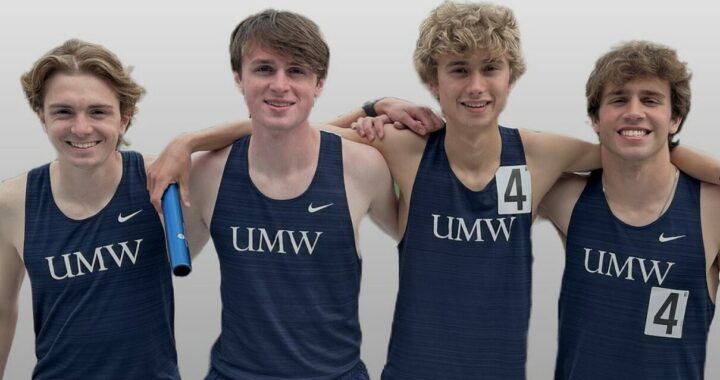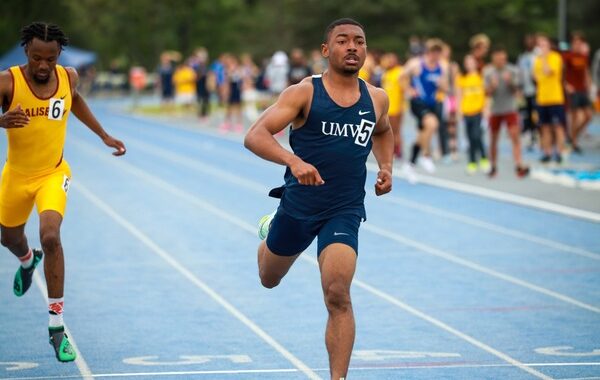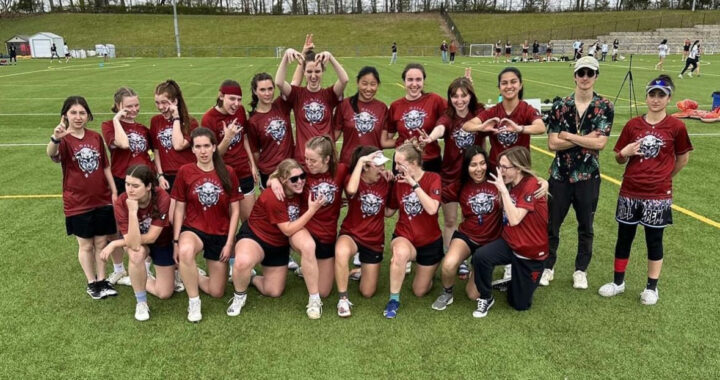UMW riders to compete regionally
3 min readBy ALLISON MARTIN

There are many necessary preparations made before one can trot onto the ring at a horseshow. But to the best riders on the UMW Equestrian team, their experience with the sport has made these processes intrinsic.
There are a number of events offered at a horseshow, such as team, course walk and fences. In the Intercollegiate Horseshow Association (ISHA), there are six levels os western riding and eight levels of hunter seat riding.
People unfamiliar with riding may not realize that riders are not riding onto the ring with their own horse. The day of competition, riders draw names of horses out of a hat, and the horse they pick will be the horse they ride at that horseshow. A rider’s performance is critiqued by a panel of judges, who primarily look at a rider’s positioning and control on the horse.
Cori Frederickson, a junior, believes the biggest aspect of training for a horseshow is developing confidence. “You must know intrinsically the difference in each horse, so getting to ride and experience as many different horses as possible,” Frederickson said.
On competition day, a rider could be riding any horse in the gamut, so training on as many horses as possible allows them to feel comfortable and intuitive with how to handle the varying personalities that different horses may have.
Riding is similar to gymnastics. A gymnast trains all of the events from the floor, to the beam, to the uneven bars, and experience leads to a gained fluency and instinct in knowing what they need to do when performing on each one.
And the equestrian team’s training is not exclusively riding horses. They cross train at the gym, using a weightlifting program that is designed to compliment what they do on the horse in competition. Frederickson also mentioned that one of the things they do when training out in the ring is riding without stirrups to build leg muscle.
Haley Cook, a senior, is the team captain. Her responsibilities include leading study hall for everyone to do schoolwork together as a team, coordinating fun ways for them to spend time with each other, such as team dinners, and offering a leadership role that her experience lends her.
Members of the equestrian team are on a whole spectrum of levels, Cook said.
“Some riders have been riding the majority of their lives, and others had not been on a horse more than a couple times before they walked onto the team,” said Cook.
For those who have been riding since their childhood, Cook said the biggest adjustment riders have to make when competing at the collegiate level is the switch from riding as an individual to riding for the team.
Now that the championship part of the season is underway, six women from UMW’s equestrian program will be competing at the Regional Championships March 30 at Goucher College. The team has qualified through an accumulation of points. There are 17 teams in UMW’s region, making it the largest.
The six women riding at Goucher next month for Regionals are Cook, junior Molly Banfield, junior Alyssa Zarzecki, freshman Kimberly Counts, junior Mackenzie Walsh and sophomore Elicia Franchini. Of these six women, Banfield has already scored herself a qualification for the National Championships because she was the High Point rider at the Cacchione Cup.











